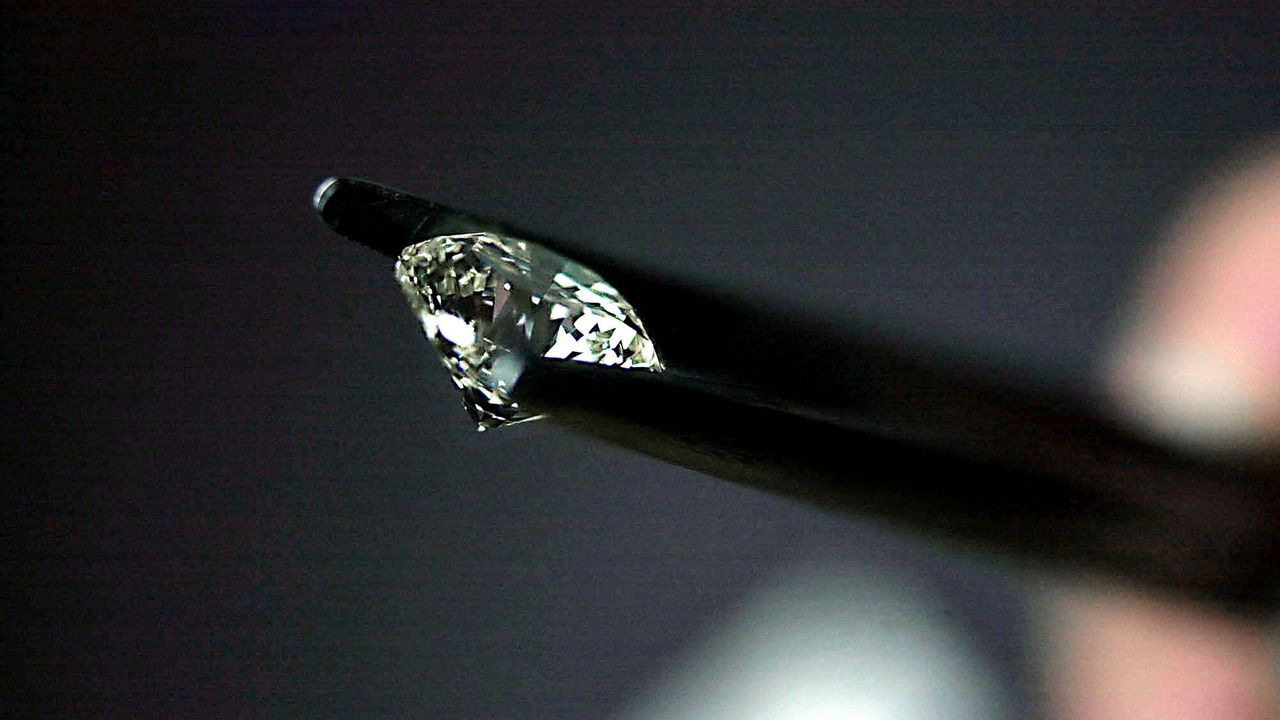In recent years, the diamond industry has witnessed a remarkable transformation with the emergence of lab-grown diamonds. These gems, cultivated under controlled conditions, offer a compelling alternative to their naturally occurring counterparts. However, behind the glimmering facade lies a fascinating insider story that delves into the science, ethics, and market dynamics shaping the future of diamonds.
1. The Rise of Lab-Grown Diamonds
Understanding Lab-Grown Diamonds
Lab-grown diamonds, also known as synthetic or cultured diamonds, are created through technological processes that mimic the natural diamond formation. By subjecting carbon atoms to high pressure and temperature within a controlled environment, scientists can replicate the conditions found deep within the Earth’s crust where diamonds are formed over millions of years.
The Appeal of Lab-Grown Diamonds
One of the primary attractions of lab-grown diamonds is their ethical and environmental credentials. Unlike traditional mining practices, which often involve ecological disruption and human rights concerns, lab-grown diamonds are produced sustainably and without the associated environmental footprint. Additionally, the traceability of these diamonds offers consumers peace of mind lab grown diamonds, knowing the exact origin and journey of their gemstone.
2. Debunking Myths and Misconceptions
Quality and Aesthetics
Contrary to common misconceptions, lab-grown diamonds are indistinguishable from natural diamonds to the naked eye. They possess the same optical, physical, and chemical properties, ensuring brilliance, fire, and durability comparable to mined diamonds. In fact, renowned gemologists and jewelers often struggle to differentiate between the two without specialized equipment.
Cost and Affordability
Another prevalent myth surrounding lab-grown diamonds is their perceived inferiority in terms of value. While natural diamonds command premium prices due to their rarity and market demand, lab-grown diamonds offer a more cost-effective alternative without compromising on quality. This affordability factor has democratized access to diamond jewelry, making it more accessible to a broader audience.
3. The Future Landscape of Diamonds
Shifting Consumer Preferences
As awareness grows regarding the ethical and environmental implications of traditional diamond mining, consumers are increasingly gravitating towards lab-grown diamonds. This shift in preferences reflects a broader trend towards sustainable and socially responsible consumption, where transparency and accountability are paramount.
Technological Advancements
The ongoing advancements in diamond cultivation technologies are poised to revolutionize the industry further. From enhanced manufacturing techniques to innovative applications in industries beyond jewelry, such as electronics and healthcare, lab-grown diamonds hold immense potential for driving innovation and economic growth.
4. Conclusion: Embracing a Sustainable Sparkle
In conclusion, the insider story of lab grown diamonds better unveils a compelling narrative of innovation, sustainability, and ethical stewardship. As consumers increasingly demand transparency and responsibility from brands, the diamond industry is undergoing a profound transformation towards a more sustainable future. By embracing the brilliance of lab-grown diamonds, we not only adorn ourselves with exquisite jewelry but also contribute to a brighter and more ethical world.

